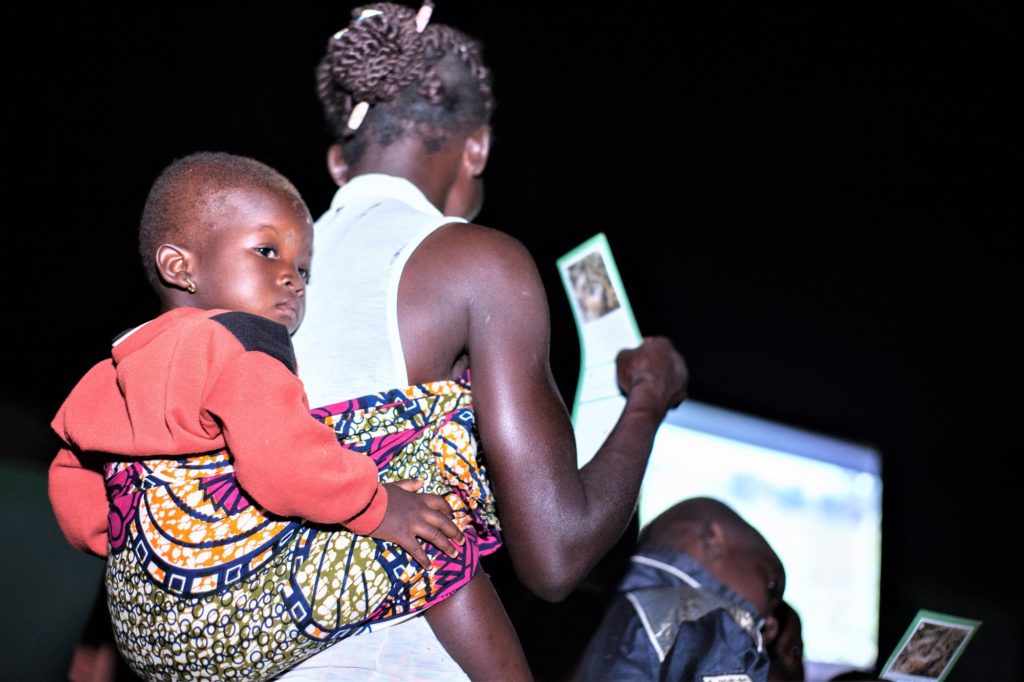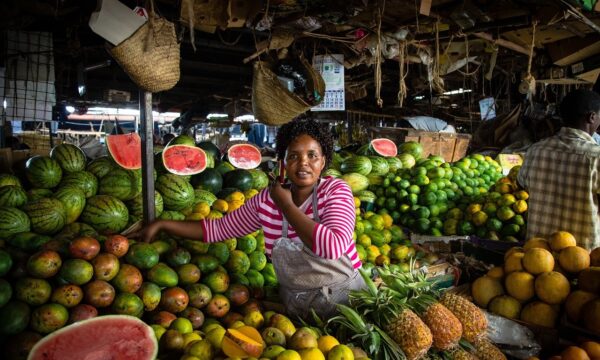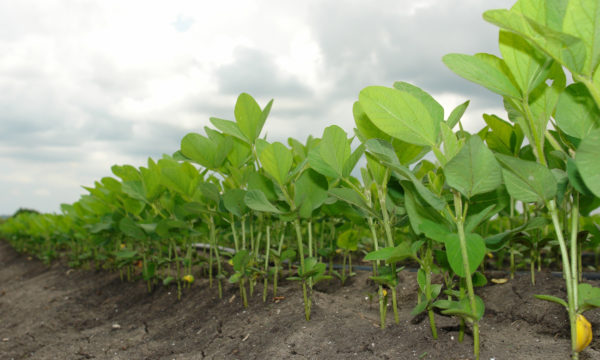
Development communication is an important tool for sharing information with small-scale farmers, writes Duncan Sones. Usually, the goal is to reach as many of the right people as possible, that’s to say to go viral with your communication. After all, you want your information to be seen by many and to make the biggest change possible.
But how do you get your communication – this knowledge and information – to be widely shared?
For anyone familiar with social media, going viral is a big deal. When a post or video is very popular, it can be shared by thousands.
Music videos have been used in Africa to promote generic ‘agriculture is good’ messages to younger people and potential farmers, but CABI set out to follow the example of the health sector, where music videos have been used to share detailed messaging. The theory was that by including detailed information on growing soybean in a song, which people listen to repeatedly, they would remember the content and put it into action.
The aim was to explore ways of communicating that had the potential to go viral. Viral content needs to be relevant to the person receiving it and the people they might want to share it with. But, for content to go viral, it also has to be usually funny or unexpected in some other way.
Unusually I had worked in the creative arts sector for 30 years. While working with Countrywise Communications Ghana on short videos on soybean agronomy, I became aware that videographers had expertise in making music videos. They also had a detailed knowledge of the local music scene. The editor of the soybean agronomy videos was a gifted musician and skilled music video director. Production of two music videos was added to their contract.
Ghana has a rich tradition of folk music. More recently, this has evolved into two distinct musical genres: Highlife, which has similarities with reggae, and Hiplife, which is similar to rap music. In both cases, these styles of music have wide appeal that goes beyond young audiences; they appeal to the whole household – young and old, men and women, because both genres build on traditional song structures and rhythms.
The music videos were produced in the same way as other soybean media used in campaigns. The technical and messaging brief was shared with two musical acts who shaped the lyrics.
El Twist, a solo Highlife artist sang in Dagaare for use in the Upper East Region. The Choggu Boys, a Hiplife duo, sang in Dagbani for use in the Northern Region. Both are popular in northern Ghana, but, as regional stars, they were affordable and interested in working with the campaign. They also knew the songs would appeal to their base.
The Countrywise producer came up with the video concepts. This responded to both the musical style and the agricultural customs and practices in the respective regions. The Choggu Boys format is call and response; one of the duo asks questions about soybean, and the other provides the answers. In the El Twist video, the entire video is set in the field and features local women farmers alongside the singer. In the latter, there’s a tradition of women from the Upper East Region singing while they work communally in the field. These subtle cultural nuances were only possible because the videographers were from the community and had a deep understanding and respect for local traditions.
One objective for CABI was to gain experience with a communication format that went viral. The videos were shared in various ways. Countrywise posted the videos on their Facebook page which had 44,883 followers. This resulted in 17,000 viewings, 350 likes, 56 comments (all positive) and 219 shares.
In addition, the artists and others posted the videos on Facebook and YouTube. This resulted in 11,000 additional viewings. The farmers’ television channel in northern Ghana picked up the video from Facebook and went on to broadcast the video regularly. The music videos were shown repeatedly at the village-based video screenings of the conventional agronomic videos where they were seen by an additional 41,263 people.
This data suggests that the music videos did go viral. Following the ASHC/GALA investment in consultations to produce a technical brief for growing soybeans and in arranging village film screenings, the additional cost of around $3,500 represented good value for money. Estimating viral audiences is notoriously difficult. The minimum estimate is 70,000 people viewed the videos, although, due to sharing within households and through television audiences, the true figure is likely to be as high as 160,000.
For every dollar spent on the music video, viral spread meant that up to 33 additional people were reached with information on soybean production. CABI estimates that about 1 in 10 farmers in the north of Ghana have smart phones. As this number increases, whole new routes to share agricultural videos will open up. Too often these types of videos are worthy but lack the fun element of the music videos. By thinking about what local audiences want and working with skilled creatives, it is possible to use formats such as drama, comedy and music to share information. This can be very successful especially when scientists are on hand to champion the agronomic content and ensure that artistic license doesn’t obscure the messages of the video.
Additional information
Main photo: Farmers attend one of the screenings to learn more about better Soybean agronomy (Credit: Evans Ahorsu).
Duncan Sones was part of the ASHC delivery team from 2011-2019. He supported the GALA campaigns in Ghana in 2017 and 2018 and has been helping CABI apply these lessons to other communications projects in Ghana and elsewhere.
For more information about GALA, go to https://africasoilhealth.cabi.org/about-ashc/ashc/gender-and-the-legume-alliance/
Related News & Blogs
CABI hosts soil information systems workshop in Ghana
CABI and its project partners, ISRIC — World Soil Information, and Ghana’s Council for Scientific and Industrial Research – Soil Research Institute (CSIR-SRI), recently held a 2-day soil information systems workshop at the Capital View Hotel, Koforidua…
4 December 2024




